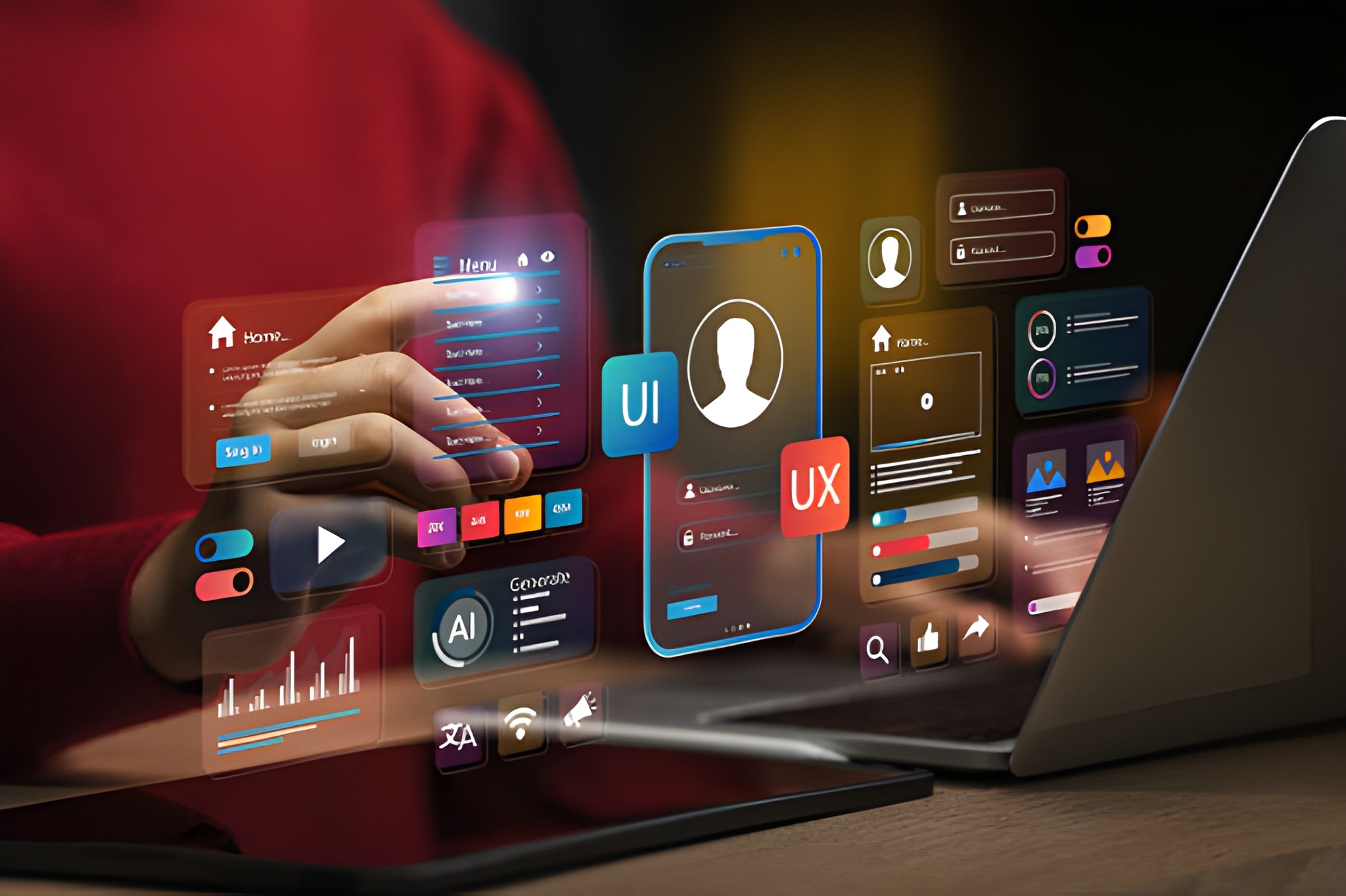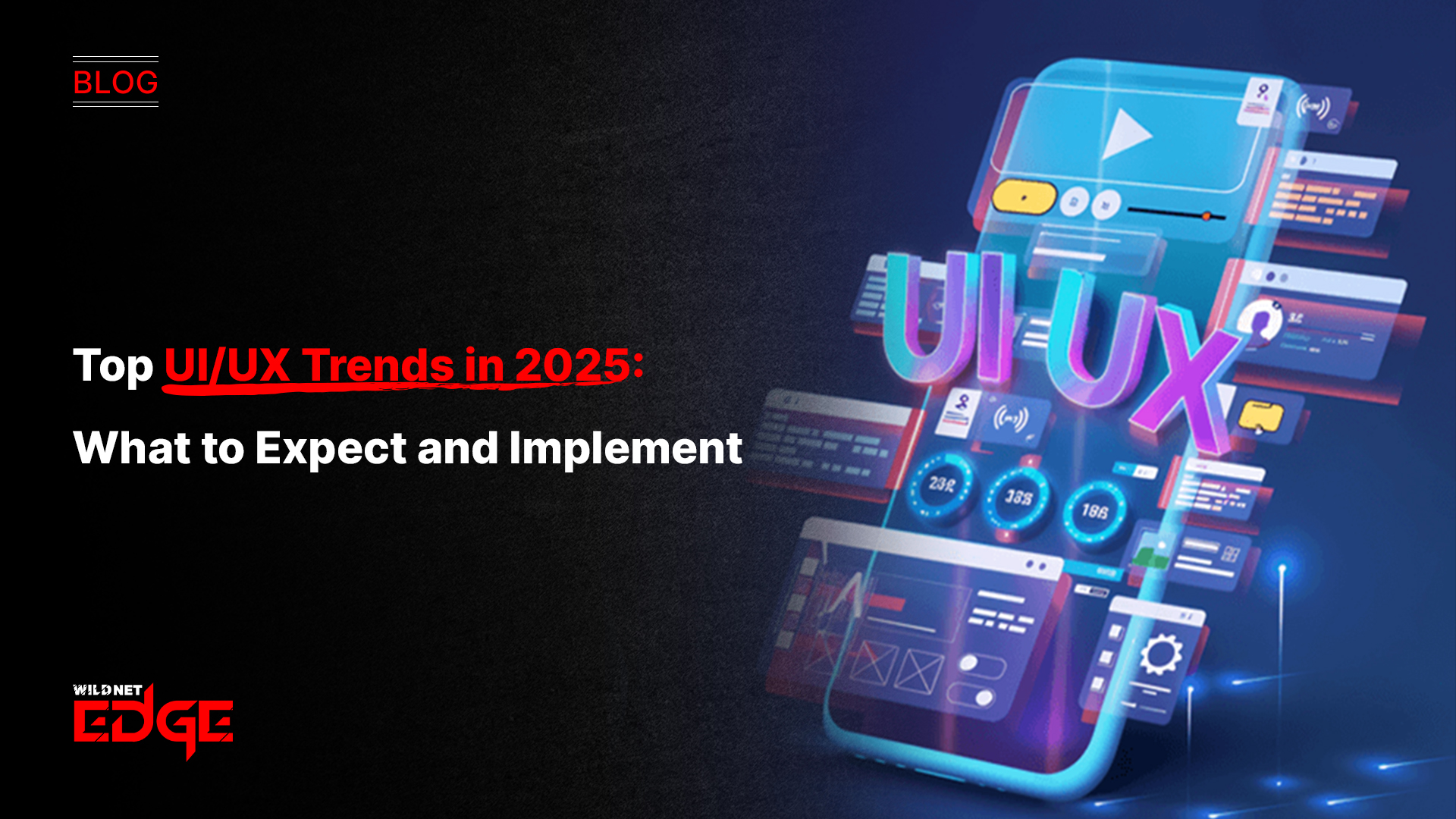TL DR: The article discusses Digital Twin Development as a crucial strategy for businesses to bridge the gap between physical operations and digital insights. A digital twin is a virtual replica (physical asset twin) created using simulation models (both physics-based and data-driven) and real-time IoT data integration. This allows organizations to analyze system behaviors, predict failures (predictive maintenance), optimize performance, and reduce costs without disrupting physical operations.
Have you ever thought about the reason why your physical assets do not perform as expected, even after you have monitored them carefully? The lack of connection between physical operations and digital insights often results in businesses being uncertain about the situation and taking action too late. The digital twin development is a solution that makes it possible to form a very accurate virtual replica of your physical assets, which in turn leads to the making of more intelligent decisions and to the management being proactive. This guide for 2025 will unveil to you the incorporation of simulation models and IoT data as a game-changer for your asset management and innovation.
Understanding Simulation Models in Digital Twin Development
The development of effective digital twins depends on the usage of simulation models. The models act as a bridge to virtual reality that the organizations can walk through and engage to capture system behaviors and even draw future outcomes predictions that are close to reality.
Definition and Purpose of Simulation Models
At their core, simulation models are simply the mathematical or computational representations of physical systems. However, in the digital twin development process, they are standing in for the entire system dynamic alone with the coming different situations. Just think of it as a virtual test lab where all the needed experiments are conducted!
The main reason is to provide the physical operations-free deep insights into the asset performance. The experiment done inside this virtual environment allows companies to go through different scenarios, anticipating failures, optimizing workflows, or even new configuration testing in a non-threatening manner.
Types of Simulation Models Used in Digital Twin
Two dominant types of software models of sensor enabled physical assets are prevalent:
- Physics-Based Models: These rely on first-principles science—like how air flows over a wind turbine (aerodynamics) or how heat affects a machine (thermodynamics)—to predict wear and tear.
- Data-Driven Models: Powered by machine learning, these models learn patterns directly from the huge amounts of real-time sensor data. They excel where full, complex physics modeling is impractical.
Many advanced digital twins combine these approaches in hybrid models for the most accurate and adaptable simulation.
Benefits of Simulation Models for Predictive Maintenance and Optimization
Simulation models offer a variety of advantages for business:
- Predictive Maintenance: Ask before the machine fails a few days or sometimes even weeks, thus preventing the occurrence of costly downtimes.
- Performance Optimization: Experiment with operational conditions virtually (“in silico”) to determine the most efficient settings without interrupting production.
- Cost Reduction: Early detection of faults and optimization of processes result in lower repair costs and longer asset life.
- Innovation Experimentation: Virtual testing speeds up development cycles and lowers risks associated with physical prototyping.
By the Year 2025, the application of AI algorithms to simulation models will be such that they rely on continuous IoT data to improve forecasts thus making the process of digital twin development more engaging and dynamic than ever before.
The Importance of IoT Data Integration in Digital Twin Technology
The effectiveness of a digital twin is based on its power to simulate its physical counterpart in real-time. This is precisely the point where IoT data integration exerts its critical influence.
Overview of IoT Data Sources Relevant to Digital Twins
The IoT equipment that is integrated with your physical assets is responsible for creating an enormous amount of sensor data this includes data for temperature, vibration, pressure, location, etc. This data becomes the digital twin’s blood and consequently inks its real-time operational states.
Some of the most common IoT data sources consist of:
- Industrial sensors placed on machines
- GPS and RFID trackers for locating assets
- Devices that monitor the surrounding environment
- Electric energy meters
- Wearable devices (to monitor interactions with workers)
So, each of the inputs plays a significant role in providing the digital twin with complete insights into the physical asset counterpart.
Future Trends and Advanced Practices in Digital Twin Development
The digital twin landscape in 2025 is transforming at an accelerated pace.
AI and Machine Learning Enhancing Simulation Accuracy
The use of AI algorithms is progressively taking over the adjustment of simulation models. Digital twin is learning and getting changes that occur in the physical world like wear and environmental without the need for manual recalibration through adaptive models that continuously learn from streaming data.
Edge Computing for Faster IoT Data Processing
The role of edge computing is very significant in real-time applications. Processing is done closer to the IoT source which minimizes latency and hence faster decisions are made and dependency on constant cloud connectivity is reduced.
Cross-Industry Applications Broadening Digital Twin Use Cases
Manufacturing is no longer the only sector which digital twin technology can be applied:
- Healthcare: The development of virtual organ replicas makes it possible to provide more individualized treatment.
- Smart Cities: City planners can rely on simulated models of traffic and energy consumption.
- Agriculture: Digital replicas of plants and soil will lead to more efficient water use.
Security and Privacy Considerations
Protecting confidential information is the number one priority. The development of digital twins that are future-proof incorporates:
- Zero-trust security frameworks (where each device and packet of data is required to prove its identity).
- All data is protected through end-to-end encryption.
- Adherence to upcoming data protection laws.
CTA
Comparison with Other Related Services
| Service | Focus | Value in 2025 |
| Digital Twin Development (This Guide) | Creating the virtual replica and prediction engine. | High: Provides unparalleled foresight, predictive maintenance, and strategic planning. |
| Cloud Computing Services | Providing the infrastructure (servers, storage, databases) for the twin. | Very High: Essential for the scalability and real-time processing of massive IoT data streams. |
Case Studies
Optimizing a Smart Factory Floor
A large manufacturer was searching for ways to cut down on machine downtime and energy use.
Challenge:
The manufacturer experienced 15% unplanned downtime due to unexpected machine failures, and energy consumption was irregular.
Solution:
The top 10 most critical machines underwent custom digital twin development. The creation of software models of sensor-enabled physical assets was using a hybrid of physics and data-driven models, integrating real-time vibration and temperature data.
Result:
Predictive alerts were generated with 98% accuracy, and as a result, unplanned downtime was reduced by 65% in the first year. The models generated from the simulation established the best operational schedules, hence, leading to a 12% decline in overall energy cost.
Extending the Life of Infrastructure
A power utility company is in charge of thousands of power grid components scattered over remote areas.
Challenge:
The lack of proper maintenance led to the early degradation of parts in extreme environments, while manual inspections for maintenance turned out to be quite expensive.
Solution:
The digital twin was fed with real-time weather and load data using edge-based data validation, and AI predicted component fatigue.
Result:
The company changed its maintenance schedule from fixed timelines to a predictive demand-based one. Consequently, they managed to cut their site visits by 40%, and the company expects that the durability of their assets will be stretched by an average of three years; thus, they will save millions of dollars that would have gone into replacement.
Conclusion
Digital twin development is inarguably a must-have tactic for companies that are keen on new ideas, process improvements, and keeping their place in the market. With the help of simulation labs and heavy interconnection of IoT data, firms acquire an unparalleled view of their bodily possessions.
WildnetEdge is a partner you can count on when talking about the most advanced custom digital twin development services, which not only make it possible to make decisions based on the current situation but also ensure that the operations of your physical asset twins are not affected by the future.
Ready to transform your operations with a precise digital twin? Contact WildnetEdge today!
FAQs
Q1: What is the term digital twin development and what is its significance?
The virtual model development of the physical asset is referred to as the digital twin development which enables the simulation, monitoring, and optimization of the asset’s performance. It is significant because of its capability to foresee the asset’s failures, to enhance its productivity, and to lessen the cost involved.
Q2: In what way do simulation models assist digital twin technology?
Simulation models (computer models of the physical assets with sensors attached) imitate the assets’ real-world behaviors and thus enable predictive analysis and scenario testing in the digital twin environment, which in turn facilitates better decision-making.
Q3: What is the importance of IoT data integration in digital twin systems?
Data from IoT devices provide instant input from sensors and other devices which keeps the digital twin current and aligned with the physical asset thus ensuring precise monitoring and control.
Q4: What are the main hurdles in making IoT data integration with digital twins?
Three issues are data storage, data quality, and latency (especially without edge computing), and they all contribute to the difficulty of securely transmitting sensitive data from the IoT devices.
Q5: How is the digital twin’s future trend evolving?
The future of digital trends will consist of stronger AI integration, edge computing for speedier data processing, wider adoption across various industries, and increased focus on cybersecurity for more secure and custom digital twin development.

Nitin Agarwal is a veteran in custom software development. He is fascinated by how software can turn ideas into real-world solutions. With extensive experience designing scalable and efficient systems, he focuses on creating software that delivers tangible results. Nitin enjoys exploring emerging technologies, taking on challenging projects, and mentoring teams to bring ideas to life. He believes that good software is not just about code; it’s about understanding problems and creating value for users. For him, great software combines thoughtful design, clever engineering, and a clear understanding of the problems it’s meant to solve.
 sales@wildnetedge.com
sales@wildnetedge.com +1 (212) 901 8616
+1 (212) 901 8616 +1 (437) 225-7733
+1 (437) 225-7733































